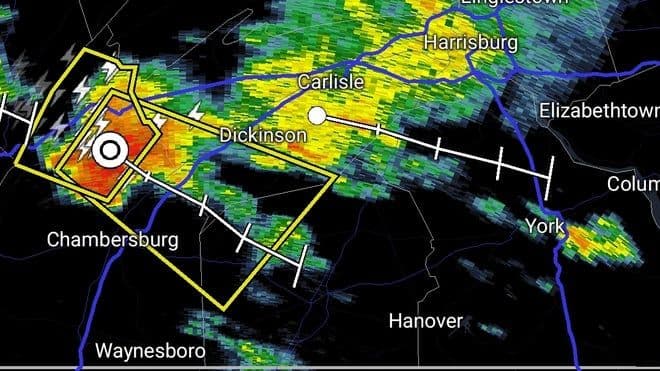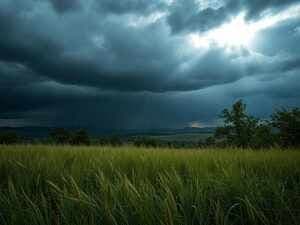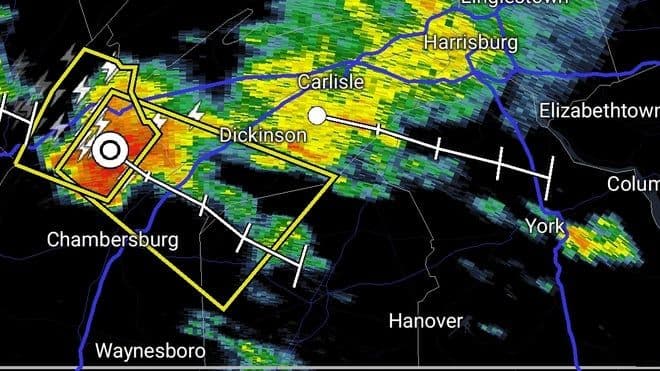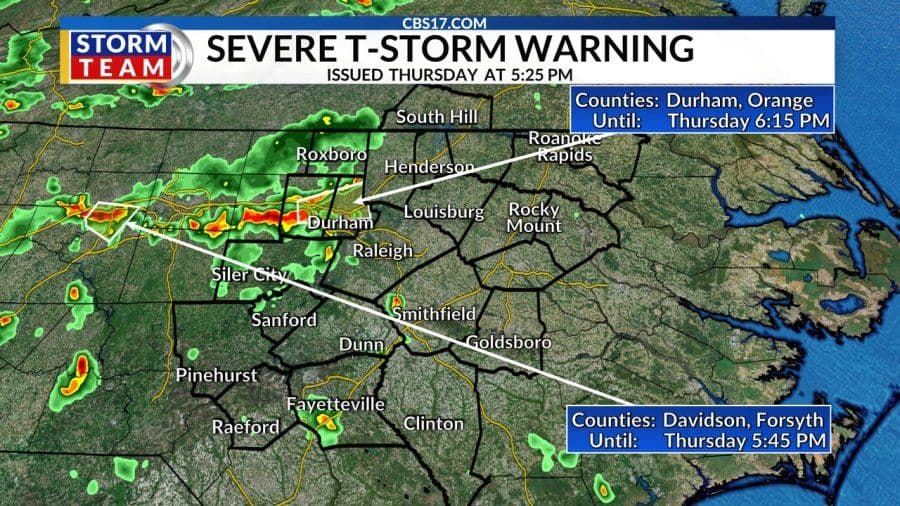The Silent Scramble: Inside America's Race Against Lightning-Fast Storms
Explore America's swift storm surge: why warnings give mere minutes. Discover crucial preparedness for sudden weather shifts & their profound community impacts.
When Every Second Counts: The New Urgency of Weather Warnings
Across the United States, a concerning shift in weather patterns is demanding unprecedented agility from both forecasters and the public. We're witnessing a new era where severe storm warnings offer not hours, but mere minutes, for hundreds of thousands to scramble for safety. Recent events, from deadly flash floods in to destructive tornado outbreaks across the , starkly underscore the life-threatening nature of these rapidly developing systems. The recently issued immediate shelter directives to communities spanning from to , highlighting the widespread and unpredictable reach of hazardous summer weather. These urgent alerts specifically targeted vulnerable locations like campgrounds, marinas, and urban centers, instructing residents to seek refuge in an interior room on the lowest floor of a building. This shrinking window for reaction forces a critical re-evaluation of preparedness, as the margin for error has dwindled to almost nothing.
Decoding the Sudden Fury: The Science Behind Rapid Storm Development
Understanding why these storms materialize with such alarming speed is crucial to confronting the challenge. The consistently points to atmospheric conditions that remain conducive to severe weather, even after initial storm cells have moved on. This isn't just about isolated incidents; it's a persistent, stormy pattern driven by complex meteorological dynamics. An active jet stream, often interacting with the northern edge of shifting heat domes, creates an unstable environment ripe for rapid storm development. While individual warnings might expire within an hour due to the swift movement of these cells, the underlying atmospheric 'fuel' often persists, setting the stage for subsequent rounds of severe weather, including the potential for tornado watches. This continuous meteorological instability means that communities can find themselves under threat repeatedly, sometimes over several days, making sustained vigilance a necessity rather than an occasional precaution.
Beyond the Broadcast: Real-Time Readiness for Immediate Action
Given the 'atmospheric whiplash' we now face, personal and community readiness must extend far beyond simply hearing a warning. When the advises that severe thunderstorms can develop with 'little notice,' it's a call to immediate, pre-planned action. Directives like 'move to an interior room on the lowest floor' aren't suggestions; they're blueprints for survival in a moment of crisis. The risks are profound: downed trees, severed powerlines, extensive property damage, and the omnipresent danger of flash flooding. As one office put it on social media, when storms are 'converging on each other,' it's time to 'seek shelter if you're in the area.' This requires not just staying tuned to official alerts but having a ready-to-go plan for your household, knowing your safe spaces, and understanding that every second counts when the sky turns menacing.
The Ripple Effect: Unseen Impacts of Hyper-Sudden Weather
The immediate dangers of hyper-sudden storms are obvious, but their ripple effects extend far beyond the fleeting moments of impact, creating widespread and often unseen disruptions. When warnings offer only minutes, the ability to secure property or evacuate becomes severely compromised, leading to increased physical damage and financial strain for affected residents. The threat of downed trees and powerlines isn't just an inconvenience; it leads to prolonged power outages that can cripple emergency services, disrupt supply chains, and leave millions without essential utilities. Travel disruptions, from grounded flights to impassable roads due to flash flooding, can isolate communities and impede recovery efforts. These cascading consequences highlight how a few minutes of intense weather can trigger a chain reaction, affecting local economies, public health, and the overall social fabric for days or even weeks after the storm has passed.
Building a Resilient Tomorrow: Adapting to Atmospheric Whiplash
Adapting to this new reality of 'atmospheric whiplash' means building resilience into the very fabric of our communities and daily lives. Since atmospheric conditions frequently remain conducive to further severe weather even after an initial storm passes, continuous vigilance and proactive preparedness are non-negotiable. This isn't just about reacting to the next warning; it's about anticipating the ongoing stormy patterns. Individuals must cultivate habits of constant awareness, ensuring their emergency kits are current, their communication plans are solid, and their safe spaces are always accessible. For communities, it means investing in advanced forecasting technologies, robust public alert systems, and infrastructure designed to withstand rapid onset events. By fostering a culture of preparedness and embracing adaptive strategies, we can mitigate the devastating impacts of these lightning-fast storms, ensuring that even when every second counts, we are ready to respond.
Related Articles

The Roar and the Radar: Navigating the New Era of Severe Thunderstorm Warnings

The Roar and the Radar: Navigating the New Era of Severe Thunderstorm Warnings

When the Sky Roars: Mastering the Critical Minutes of a Severe Thunderstorm Warning

When the Sky Roars: Mastering the Critical Minutes of a Severe Thunderstorm Warning

Nature's Urgent Whisper: Mastering the Minutes Before a Severe Thunderstorm Strikes

Nature's Urgent Whisper: Mastering the Minutes Before a Severe Thunderstorm Strikes

Living on Alert: Navigating Central NC's Dynamic Weather Reality
